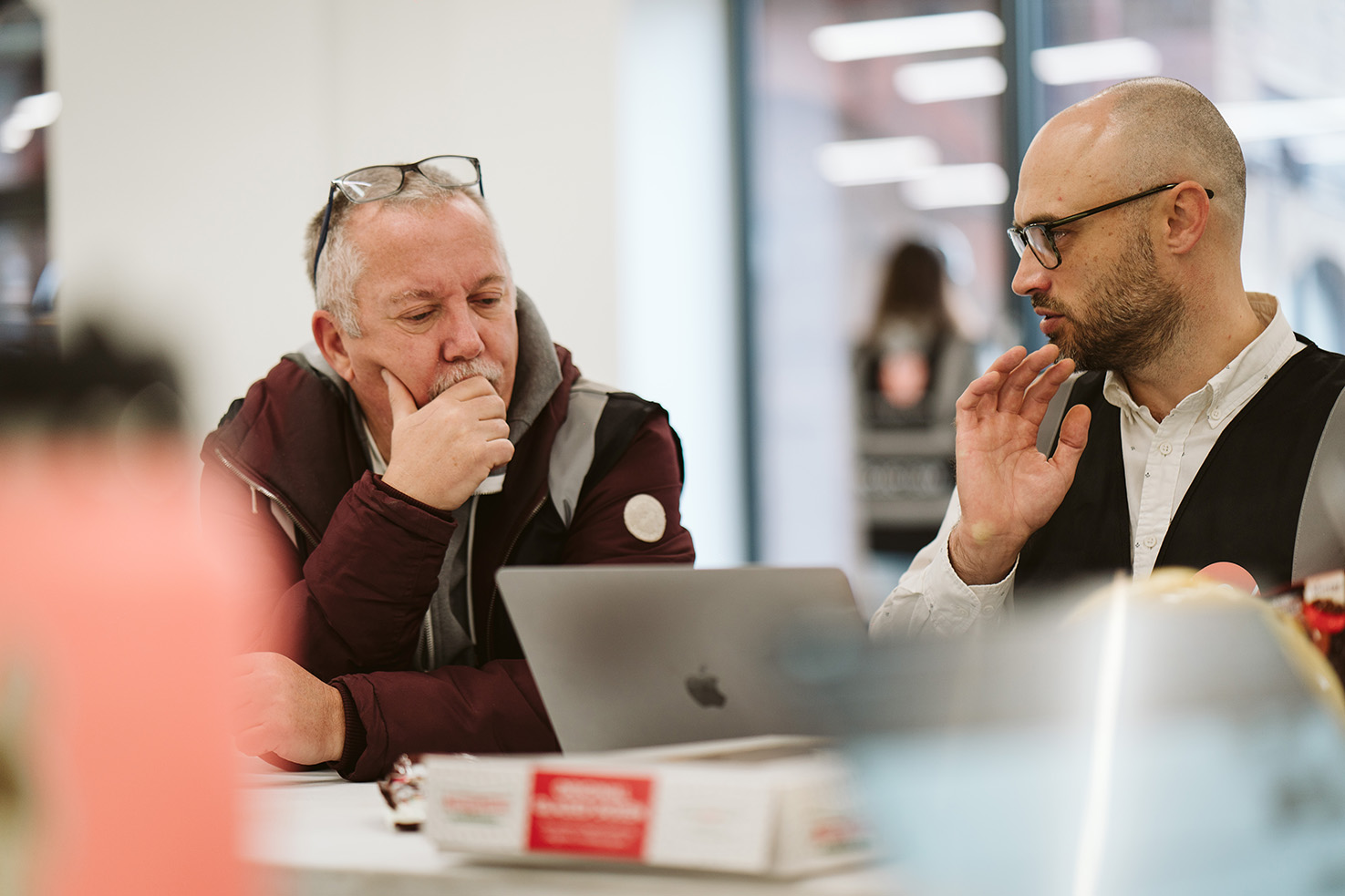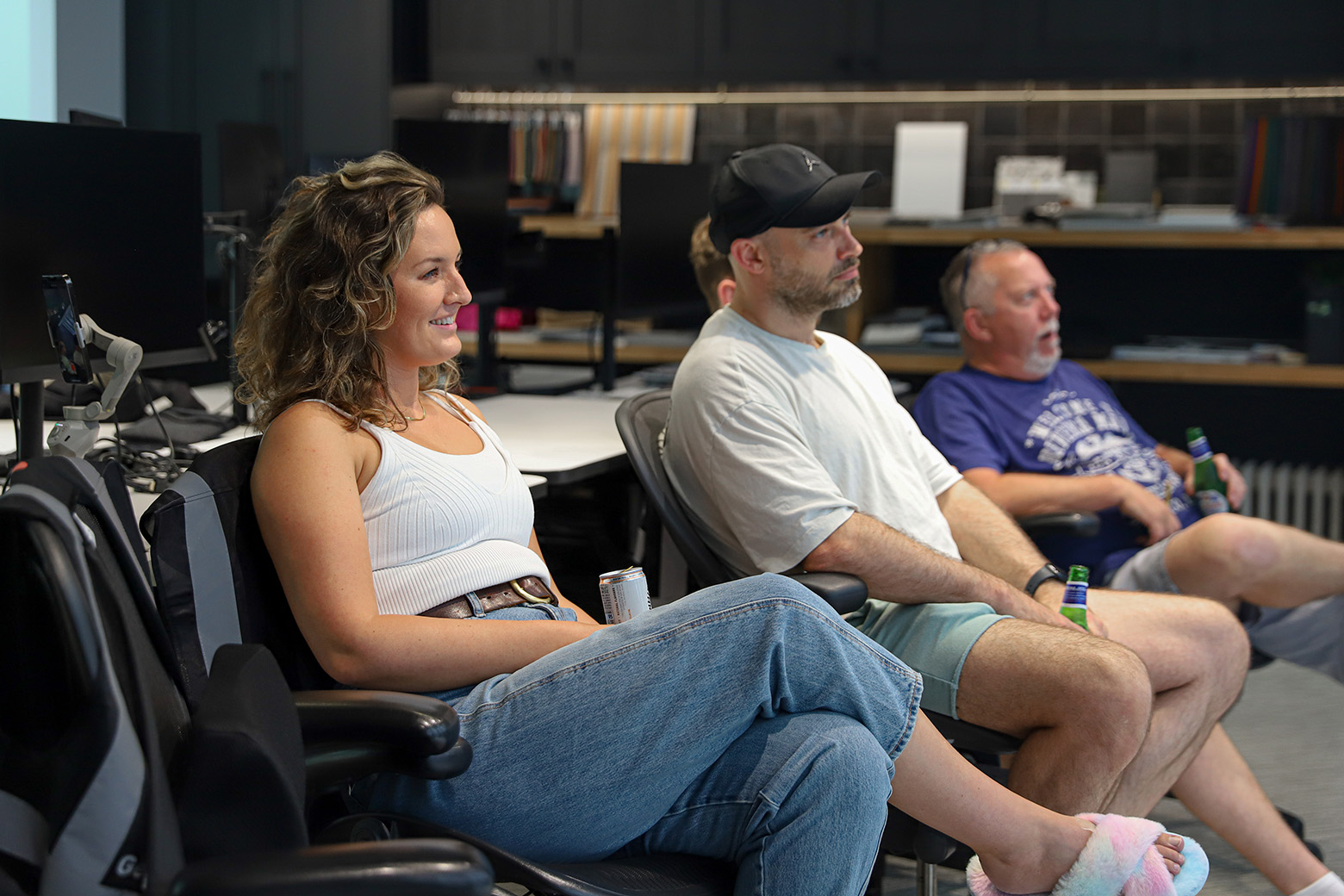Is Hybrid Working Dead?
In a move that signals a significant shift in working patterns, Boots has announced that its 3,900 head office workers across Nottingham, Weybridge, and London will be required to return to the office five days a week starting in September.

This decision comes amidst a broader conversation about the future of work as the world gradually emerges from the pandemic-induced remote work era posing the question, is hybrid working dead?
From a business owner’s perspective, the return to the office full-time may seem like a logical step. Face-to-face interactions foster collaboration, spur innovation, and enhance company culture. However, it’s crucial to consider whether this shift aligns with the well-being and needs of employees.
One of the primary concerns surrounding a mandatory return to the office is its potential impact on employee wellness. After over a year of remote work, many individuals have grown accustomed to the flexibility and autonomy it affords. For some, the prospect of returning to a rigid office schedule can lead to increased stress and decreased job satisfaction.
Moreover, the issue of gender inclusivity cannot be overlooked. Women, in particular, may face additional challenges when required to return to the office full-time. Historically, women have shouldered a disproportionate share of caregiving responsibilities, and a return to traditional office hours could exacerbate existing work-life balance struggles.
Workplace design plays a crucial role in navigating this transition. A well-designed office space can contribute to employee well-being by fostering a sense of belonging, providing areas for collaboration, and incorporating elements of biophilic design to promote mental health. Flexible layouts that accommodate various work styles and preferences can help ease the transition back to the office.
To encourage staff to return to the office without imposing a hard rule, companies can adopt a hybrid approach that combines remote and in-person work. This allows employees to enjoy the benefits of both worlds while maintaining a healthy work-life balance. Additionally, offering amenities such as on-site childcare, fitness facilities, and wellness programs can make the office a more appealing destination.

However, while hybrid working has its merits, there’s a growing recognition that a more holistic approach to work arrangements may be necessary to meet the diverse needs of employees.
The concept of holistic working goes beyond simply offering a blend of remote and in-person work options. It involves taking the time to understand the individual needs, preferences, and circumstances of each employee and tailoring work arrangements accordingly. This approach recognises that one size does not fit all when it comes to work schedules and environments. Is hybrid working, as we know it, dead?
By embracing holistic working, employers can create a more inclusive and supportive workplace culture. This means accommodating various work styles, caregiving responsibilities, health considerations, and personal commitments. It also involves providing the necessary resources and support for employees to thrive in their roles, regardless of where or when they choose to work.
It empowers employees to take ownership of their work-life balance and make choices that best suit their individual circumstances. This flexibility can lead to higher job satisfaction, improved mental health, and increased productivity.
Incorporating holistic working practices requires a shift in mindset among employers and managers. It involves fostering open communication, trust, and empathy within the organisation.
One of our fundamental practices within our own team here at Cleo is that trust is lost, not earned. Holistic working can only function when trust exists between employers and employees. When an individual feels they are trusted by their employer they are more likely to feel empowered in their role, and that they are part of a whole.

While hybrid working has been a step in the right direction, the move towards holistic working represents a deeper commitment to employee well-being and satisfaction. By prioritising individual needs and preferences, organisations can create a more resilient and adaptable workforce that is better equipped to navigate the complexities of the modern workplace.
Ultimately, the decision to return to the office full-time should be made with careful consideration of both business needs and employee well-being. By prioritising flexibility, inclusivity, and thoughtful workplace design, companies can create environments that support productivity, creativity, and employee satisfaction, ensuring a successful transition back to the office without risking talent attrition.


